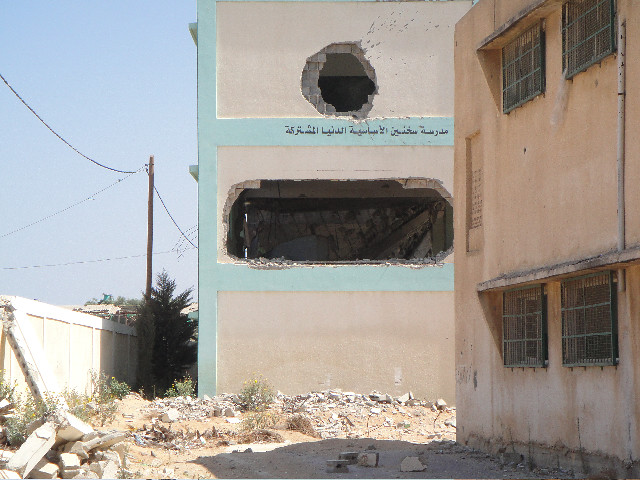Innovative school responses in the Covid-19 context
Schools are playing a frontline role in the world’s efforts to respond to the Covid-19 pandemic. Teachers, school leaders, educators have responded in innovative ways to serve their students and their communities. Identifying and leveraging these innovations is key to:
- Supporting other teachers who are facing similar changes and challenges around the globe.
- Shaping society’s efforts to build stronger classrooms for the future.
- Recognising the unwavering dedication and commitment of the profession.
We invite partners to join a campaign to support schools to have their innovations heard at a global scale and to foster a cross-country dialogue around rebuilding education out of these challenging and testing times.
Crowdsourcing school innovations
From 16 November to 20 December 2020, teachers, teacher educators and school leaders can upload a two-minute video to share their insights on three important questions:
- What innovations in your teaching are you most proud of?
- What new forms of collaboration with your peers have been most helpful?
- What have you learnt and what will your teaching look like in the future?
Many organisations are working hard to support teachers in this space. If your organisation has already done a similar exercise to identify innovations, please invite those teachers or schools leaders from the most promising innovations you have identified to share their video. In this case, the contributions will appear under the logo of your organisation.
Identifying and leveraging the most promising innovations
The international teaching community will be able to watch and engage with videos through the OECD’s Global Teaching InSights platform. Alongside an international panel, teachers will also be able to identify the innovations that can have a long-lasting impact at scale.
A series of global events and opportunities will bring together teachers, school leaders, policymakers and researchers to discuss the leading ideas and innovations of these videos and what they mean for education going forward.
This campaign is led by the OECD, UNESCO and the International Task Force on Teachers for Education 2030 (TTF) with the support of Education International, Teach for All and the International Confederation of Principals.
Social media campaign
Follow the Hashtag: #GlobalTeachingInSights on the Teacher Task Force and OECD Education Twitter accounts.
Visit the Global Teaching InSights platform.
